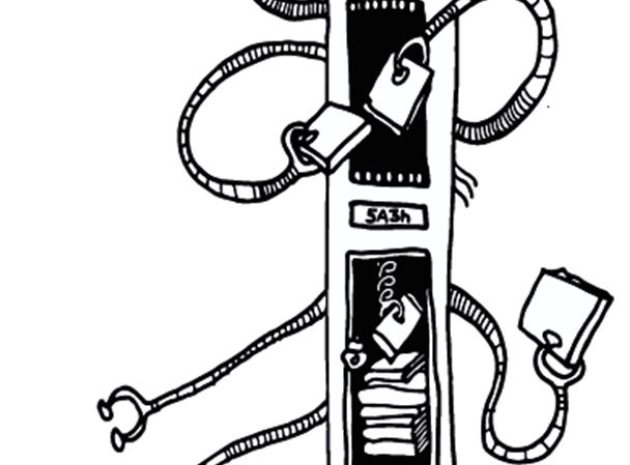The role of school librarian used to come with a heavy admin load; and the humble card index was king. Not any more – because these days we have the all singing, all dancing digital library management system. (It catalogues stock! It tracks reading activity! It lets you curate useful online resources!)
“Digital library management systems host – and regularly update – the catalogue of materials available to your school,” says Barbara Band, School Library Consultant and past President of CILIP, the Chartered Institute of Library and Information Professionals. Students can access the system remotely, find where resources are located and browse those resources. Freely available online material can also be added to the library (by librarians or teachers) instantly extending stock, without a price-tag.
Savings and statistics
“The systems save storage and space,” says Paul Clough, Professor of Information Retrieval at the University of Sheffield. “You’re not restricted by the need for physical access to a particular text, image or video.”
“Digital library management systems might also produce useful statistics,” adds Barbara. “The 10 most frequently lent titles, or which students have never borrowed a book. These numbers can help to highlight library usage, students’ interests and possible reluctant readers.”
All this functionality frees up time for librarians to devote to skilled tasks like evaluating books and encouraging students’ reading and research skills. And that can make for a buzzier, more effective library.
Making the selection
But how do schools choose which system to use? There are several providers out there (including the free, open-source system Koha Library Software (koha-community.org). Provision and costs vary.
“The majority of the mainstream solutions will have the basic features,” says Vik Paw, Information Systems Specialist at Intuitive Education and a moderator on EduGeek.net, the support community for IT professionals working in education. “But how well they are implemented may differ. They’ll also have different features and add-ons.”
Before you buy, request a demo; and whichever system you choose, Barbara recommends evaluating it once a year. “Look at the resources and functionalities you’re paying for and how well they’re being used. If they’re not being used, don’t renew them.”
For a full list of questions to consider when choosing a digital library management system, visit tinyurl.com/digitallibrarysystem
What’s on offer?
Micro Librarian Systems (microlib.co.uk)
“As well as providing the full suite of library functions, we want to encourage reading for pleasure,” says Andrew O’Brien, managing director of Micro Librarian Systems. “Our latest product, Reading Cloud, provides a safe social networking area where students can discuss, rate and recommend books, blog and vlog, and get recommendations of other books they might enjoy.”
Heritage (isoxford.com)
“Heritage is a professional tool, designed to support qualified librarians,” says sales manager Emma Duffield. “We’re used in 50% of FE colleges, so it’s great for students when their school uses the system – as they move into further education they already know how to access the library’s resources.”
Accessit (accessitlibrary.com)
Ken Wickstone, UK IT manager says, “We don’t charge anything for extras or upgrades: it’s all included. One function we’re very proud of is One Search, a search tool that simultaneously searches a library’s own resources and trusted external educational resources, like TED talks or Google Scholar.”
Softlink (softlinkint.com)
“Our library management software for schools has been designed with students, for students,” says Melissa Morrison, Library Consultant. “It’s reliable, compatible and offers a fully customisable, modern search interface, including a new ‘drag and drop’ facility. This allows students using a touchscreen to drag items into their basket (in line with a site like Netflix).”









